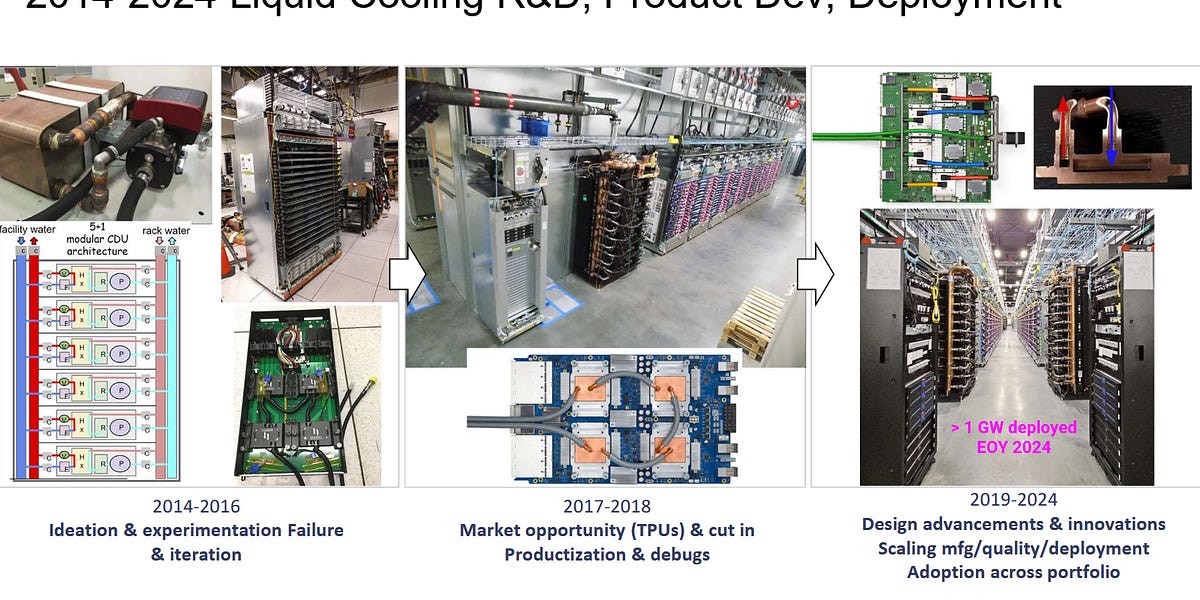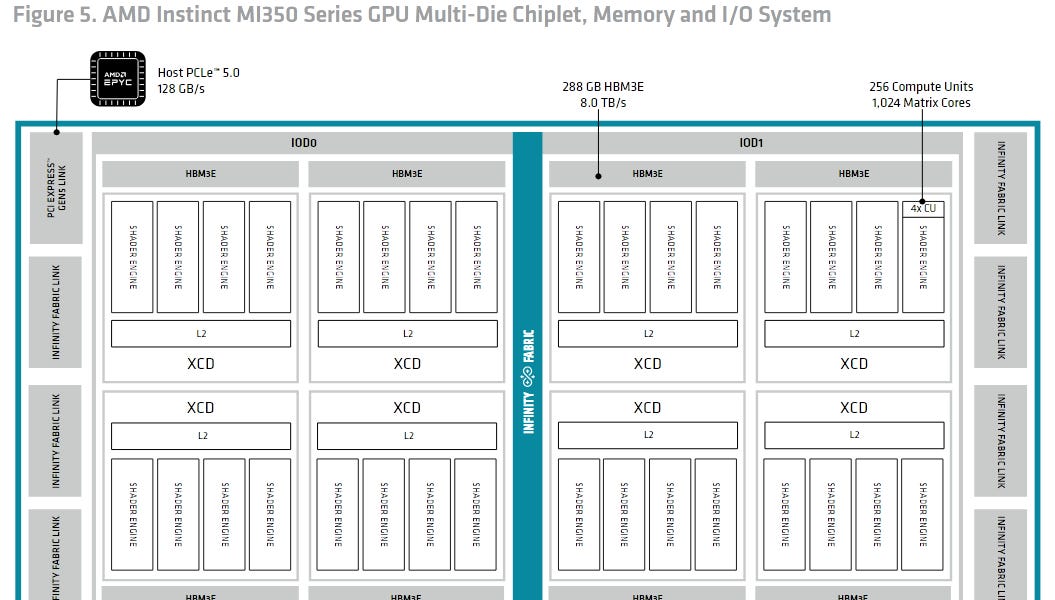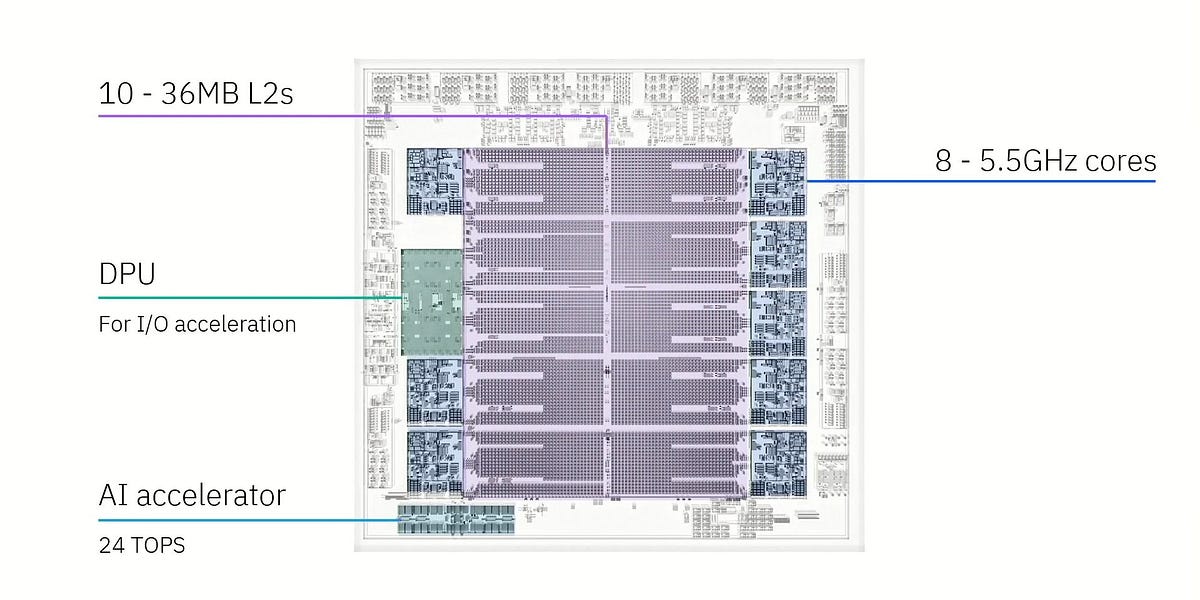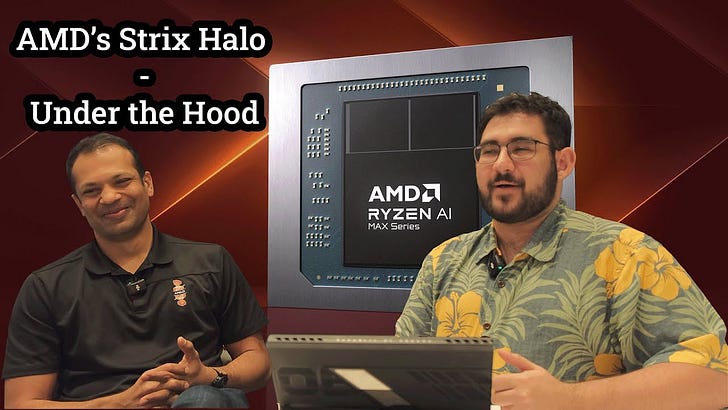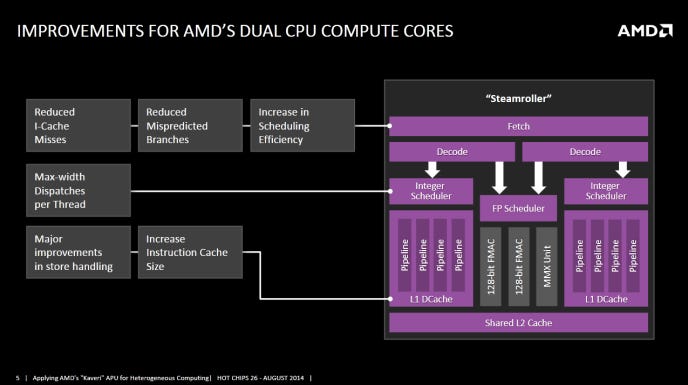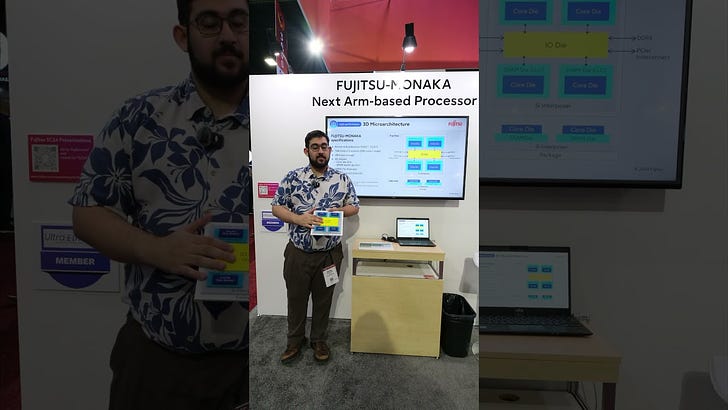Condor's Cuzco: A High-Performance RISC-V Core with a Twist
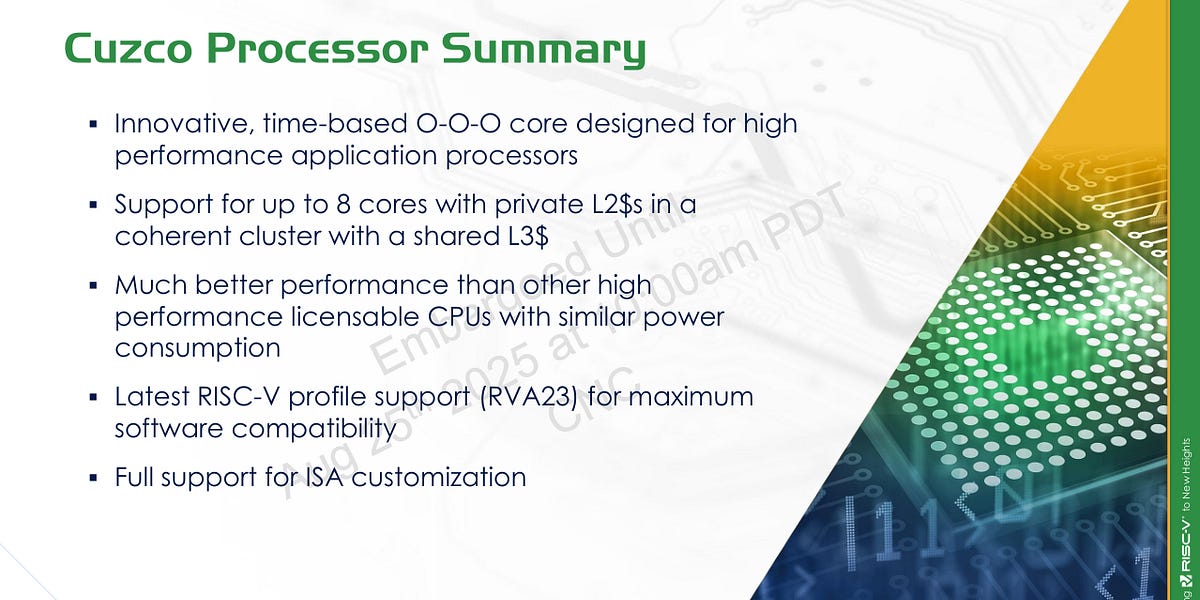
Condor Computing, an Andes Technology subsidiary, unveiled its high-performance RISC-V core, Cuzco, at Hot Chips 2025. Cuzco boasts an 8-wide out-of-order execution engine, a modern branch predictor, and a novel time-based scheduling scheme, putting it in the same league as SiFive's P870 and Veyron's V1. Its unique approach uses mostly static scheduling in the backend for power efficiency and reduced complexity, requiring no ISA changes or compiler adjustments for optimal performance. Cuzco is highly configurable, allowing for customization to meet diverse customer needs, and supports multi-core clusters.
Read more